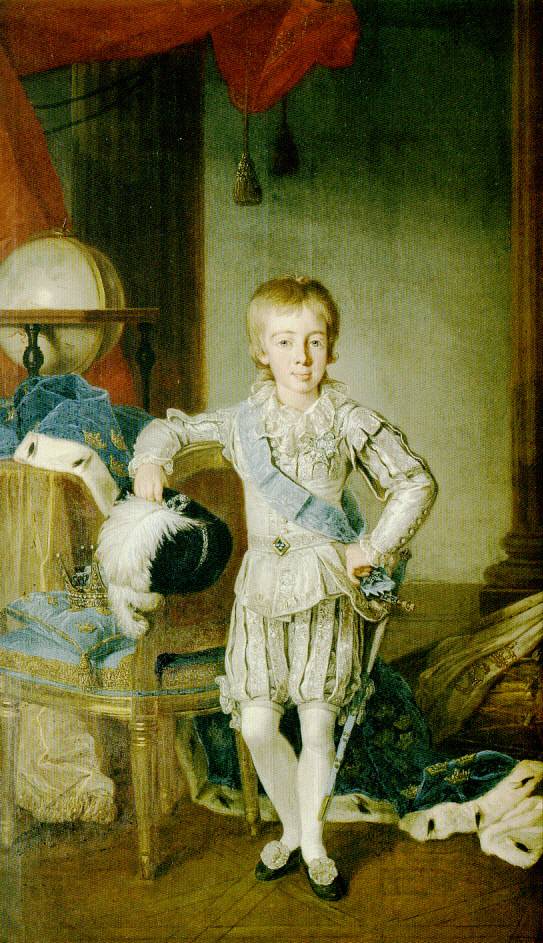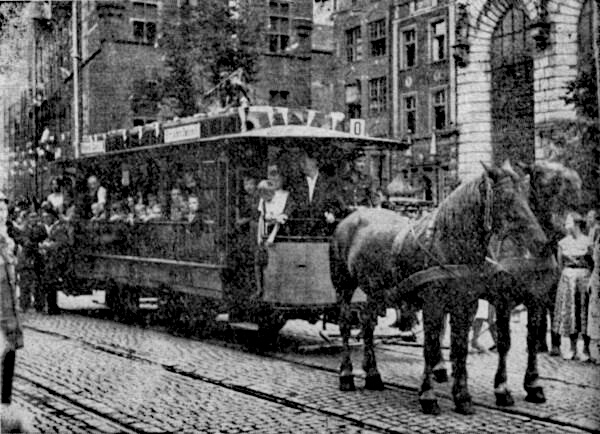|
Tyska Brunnsplan
Tyska Brunnsplan ( Swedish: "German Well Square") is a small, triangular public square in Gamla stan, the old town in central Stockholm, Sweden. It is located in the junction between the streets Svartmangatan and Själagårdsgatan, the former leading to Stortorget and the latter to Brända Tomten. As several local names knows to tell (e.g. Tyska Stallplan and Tyska Skolgränd) the square is named after the vicinity to the German Church and the German community which once occupied the neighbourhood. Origin of the name The square appears as ''Tyske Brunnen'' ("German Well") and ''Stadsens brunn vid Gillestugan'' ("the city's well by the guild homestead") in 1649; as ''Tyska Brunn'' in both 1728 and 1820; and as ''Tyska Brunsplan'' in 1863. History Until the early 18th century, the corner where the two streets meet was the location for a well of considerable proportions. During the later part of the century, the city's fire company established so called 'turning spaces' ... [...More Info...] [...Related Items...] OR: [Wikipedia] [Google] [Baidu] |
Tyska Brunnsplan Mars 2007 B
{{disambiguation ...
Tyska may refer to: *Tyska Brinken, street in Gamla stan, the old town in central Stockholm, Sweden *Tyska Brunnsplan, small, triangular public square in Gamla stan, the old town in central Stockholm, Sweden *Tyska Skolgränd, alley in Gamla stan, the old town in central Stockholm, Sweden, stretching from Svartmangatan to Baggensgatan *Tyska Stallplan, street in Gamla stan, the old town in central Stockholm, Sweden See also *Toska (other) Toska or Toskas may refer to the following: Places *Toska, Island in Norway * Toska, Struga, former village in North Macedonia * Toska, Iran, village in Iran People Surname Toska * Ajet Toska (born 1961), Albanian hammer thrower *David Toska (born ... [...More Info...] [...Related Items...] OR: [Wikipedia] [Google] [Baidu] |
German Church, Stockholm
The German Church (german: Deutsche Kirche, sv, Tyska kyrkan), sometimes called St. Gertrude's Church ( sv, Sankta Gertruds kyrka), is a church in Gamla stan, the old town in central Stockholm, Sweden, belonging to the German Saint Gertrude Parish of the Church of Sweden. Located between the streets Tyska Brinken, Kindstugatan, Svartmangatan, and Prästgatan, it is named for standing in the centre of a neighbourhood that in the Middle Ages was dominated by Germans. Officially named ''Sankta Gertrud'', the church is dedicated to Saint Gertrude (626-659), abbess of the Benedictine monastery of Nivelles, in present-day Belgium, and patron saint of travellers. History The German guild of St. Gertrude was founded on the location for the present church in the 14th century. While the guild was created by German merchants, their Swedish counterparts were often invited to take part in its activities. For example, King Charles VIII was elected in the guild's building in 1 ... [...More Info...] [...Related Items...] OR: [Wikipedia] [Google] [Baidu] |
Chestnut
The chestnuts are the deciduous trees and shrubs in the genus ''Castanea'', in the beech family Fagaceae. They are native to temperate regions of the Northern Hemisphere. The name also refers to the edible nuts they produce. The unrelated horse chestnuts (genus ''Aesculus'') are not true chestnuts, but are named for producing nuts of similar appearance that are mildly poisonous to humans. True chestnuts should also not be confused with water chestnuts, which are tubers of an aquatic herbaceous plant in the sedge family Cyperaceae. Other species commonly mistaken for chestnut trees are the chestnut oak (''Quercus prinus'') and the American beech ('' Fagus grandifolia''),Chestnut Tree in chestnuttree.net. both of which are also in the Fagaceae family. [...More Info...] [...Related Items...] OR: [Wikipedia] [Google] [Baidu] |
Aaron Isaac
Aaron Isaac ( he, אהרון יצחק; lived 1730–1817) was a Jewish seal engraver and merchant in haberdashery. He came from Pommery (Swedish Pomerania), a German-speaking area then part of the Swedish Empire, during the reign of Gustav III, and was persuaded to come to Sweden where there were no seal-engravers at the time. He did this on condition that he could bring with him at least ten Jews, in order to have a ''minyan'' (quorum) for prayer. His native language was Yiddish. Background It was the age of the Enlightenment, led by philosophers whose works revolutionized the social structure of Europe. Some liberally minded monarchs, like Gustav III, eased restrictions on Jewish settlement. "In 1781, opposed by the Swedish clergy, he pushed through the first law guaranteeing certain religious freedoms. This law gave foreigners the right to practise their religion but it forbade them to proselytize and to encourage Lutherans to leave their faith."Judereglementet, § 32. Gustav II ... [...More Info...] [...Related Items...] OR: [Wikipedia] [Google] [Baidu] |
Synagogue
A synagogue, ', 'house of assembly', or ', "house of prayer"; Yiddish: ''shul'', Ladino: or ' (from synagogue); or ', "community". sometimes referred to as shul, and interchangeably used with the word temple, is a Jewish house of worship. Synagogues have a place for prayer (the main sanctuary and sometimes smaller chapels), where Jews attend religious Services or special ceremonies (including Weddings, Bar Mitzvahs or Bat Mitzvahs, Confirmations, choir performances, or even children's plays), have rooms for study, social hall(s), administrative and charitable offices, classrooms for religious school and Hebrew school, sometimes Jewish preschools, and often have many places to sit and congregate; display commemorative, historic, or modern artwork throughout; and sometimes have items of some Jewish historical significance or history about the Synagogue itself, on display. Synagogues are consecrated spaces used for the purpose of Jewish prayer, study, assembly, ... [...More Info...] [...Related Items...] OR: [Wikipedia] [Google] [Baidu] |
Cast Iron
Cast iron is a class of iron– carbon alloys with a carbon content more than 2%. Its usefulness derives from its relatively low melting temperature. The alloy constituents affect its color when fractured: white cast iron has carbide impurities which allow cracks to pass straight through, grey cast iron has graphite flakes which deflect a passing crack and initiate countless new cracks as the material breaks, and ductile cast iron has spherical graphite "nodules" which stop the crack from further progressing. Carbon (C), ranging from 1.8 to 4 wt%, and silicon (Si), 1–3 wt%, are the main alloying elements of cast iron. Iron alloys with lower carbon content are known as steel. Cast iron tends to be brittle, except for malleable cast irons. With its relatively low melting point, good fluidity, castability, excellent machinability, resistance to deformation and wear resistance, cast irons have become an engineering material with a wide range of applicatio ... [...More Info...] [...Related Items...] OR: [Wikipedia] [Google] [Baidu] |
Doric Order
The Doric order was one of the three orders of ancient Greek and later Roman architecture; the other two canonical orders were the Ionic and the Corinthian. The Doric is most easily recognized by the simple circular capitals at the top of columns. Originating in the western Doric region of Greece, it is the earliest and, in its essence, the simplest of the orders, though still with complex details in the entablature above. The Greek Doric column was fluted or smooth-surfaced, and had no base, dropping straight into the stylobate or platform on which the temple or other building stood. The capital was a simple circular form, with some mouldings, under a square cushion that is very wide in early versions, but later more restrained. Above a plain architrave, the complexity comes in the frieze, where the two features originally unique to the Doric, the triglyph and gutta, are skeuomorphic memories of the beams and retaining pegs of the wooden constructions that preceded sto ... [...More Info...] [...Related Items...] OR: [Wikipedia] [Google] [Baidu] |
Gustavian Era
The History of Sweden from 1772 through 1809 is better known as the Gustavian era of Kings Gustav III and Gustav IV, as well as the reign of King Charles XIII of Sweden. Gustav III Adolf Frederick of Sweden died on 12 February 1771. The elections afterward resulted in a partial victory for the Caps party, especially among the lower orders; but in the estate of the peasantry the Caps majority was merely nominal, while the mass of the nobility was dead against them. Nothing could be done, however, till the return of the new king, Gustav III, from Paris. Coronation oath The new coronation oath contained three revolutionary clauses: #The first aimed at making abdications in the future impossible by binding the king to reign uninterruptedly. #The second obliged him to abide, not by the decision of all the estates together, as heretofore, but by that of the majority only, with the view of enabling the actually dominant lower estates (in which there was a large Cap majority) ... [...More Info...] [...Related Items...] OR: [Wikipedia] [Google] [Baidu] |
Neoclassicism
Neoclassicism (also spelled Neo-classicism) was a Western cultural movement in the decorative and visual arts, literature, theatre, music, and architecture that drew inspiration from the art and culture of classical antiquity. Neoclassicism was born in Rome largely thanks to the writings of Johann Joachim Winckelmann, at the time of the rediscovery of Pompeii and Herculaneum, but its popularity spread all over Europe as a generation of European art students finished their Grand Tour and returned from Italy to their home countries with newly rediscovered Greco-Roman ideals. The main Neoclassical movement coincided with the 18th-century Age of Enlightenment, and continued into the early 19th century, laterally competing with Romanticism. In architecture, the style continued throughout the 19th, 20th and up to the 21st century. European Neoclassicism in the visual arts began c. 1760 in opposition to the then-dominant Rococo style. Rococo architecture emphasizes grace, ornamen ... [...More Info...] [...Related Items...] OR: [Wikipedia] [Google] [Baidu] |
Erik Palmstedt
Erik Palmstedt (16 December 1741, Stockholm — 12 June 1803) was a Swedish architect working for the court circle of Gustav III, where he was in the forefront of Neoclassical style and at the heart of a social and intellectual circle that formed round him. He was also a musician, who served as organist at Riddarholm Church for twenty-seven years. Early life and education Erik Palmstedt was born in Södermalm on December 5, 1741, according to the Julian Calendar in use at that time (December 16, 1741 according to the Gregorian Calendar later adopted and currently in use.) He was the son of court musician Johan Palmstedt and his wife Maria Segerlund. At the age of seven, Palmstedt began to attend Maria Church School, where one of his schoolmates was the future Swedish writer of songs Carl Michael Bellman, who became his lifelong friend. At the age of 14, Palmstedt became a pupil of Stockholm's city architect, Johan Eberhard Carlberg Johan Eberhard Carlberg (February 24, 1 ... [...More Info...] [...Related Items...] OR: [Wikipedia] [Google] [Baidu] |
Horse-drawn Vehicle
A horse-drawn vehicle is a mechanized piece of equipment pulled by one horse or by a team of horses. These vehicles typically had two or four wheels and were used to carry passengers and/or a load. They were once common worldwide, but they have mostly been replaced by automobiles and other forms of self-propelled transport. General Horses were domesticated circa 3500 BCE. Prior to that oxen were used. Historically a wide variety of arrangements of horses and vehicles have been used, from chariot racing, which involved a small vehicle and four horses abreast, to horsecars or trollies, which used two horses to pull a car that was used in cities before electric trams were developed. A two-wheeled horse-drawn vehicle is a cart (see various types below, both for carrying people and for goods). Four-wheeled vehicles have many names – one for heavy loads is most commonly called a wagon. Very light carts and wagons can also be pulled by donkeys (much smaller than horses), p ... [...More Info...] [...Related Items...] OR: [Wikipedia] [Google] [Baidu] |


.jpg)


